-
×
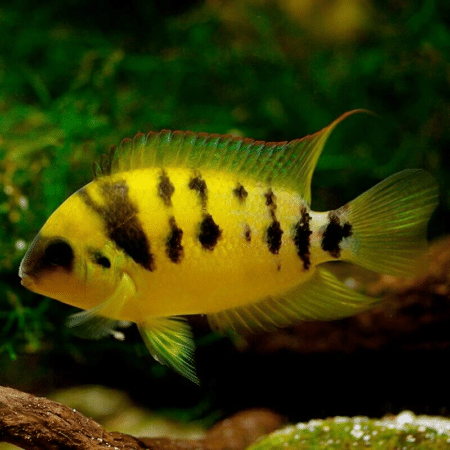
-
×
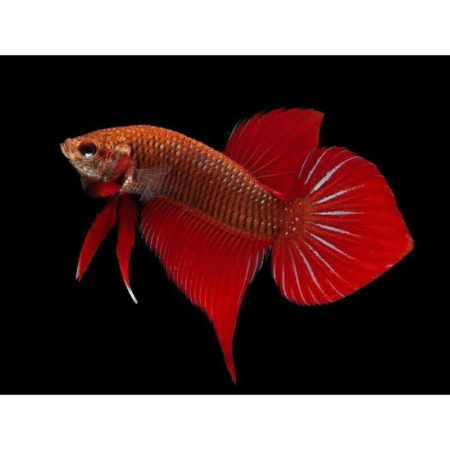
-
×

-
×

-
×
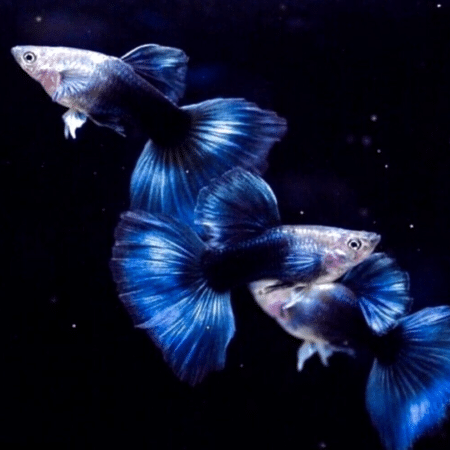
-
×

-
×

-
×
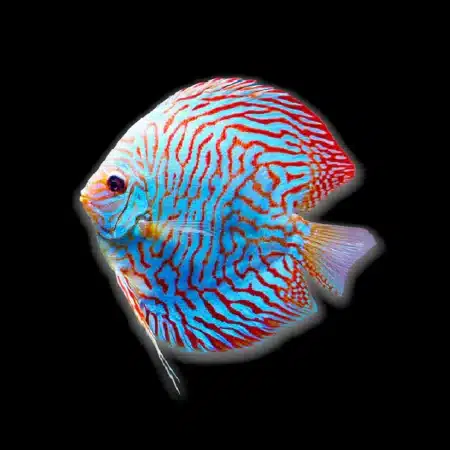 Turquoise Checkerboard Discus – Symphysodon aequifasciatus “Turquoise Checkerboard” size 5 to, Stunning Tropical Fish, Ideal Companions for Beginner Aquarists Seeking Colorful Additions
2 × £55.00
Turquoise Checkerboard Discus – Symphysodon aequifasciatus “Turquoise Checkerboard” size 5 to, Stunning Tropical Fish, Ideal Companions for Beginner Aquarists Seeking Colorful Additions
2 × £55.00 -
×

Subtotal: £450.13


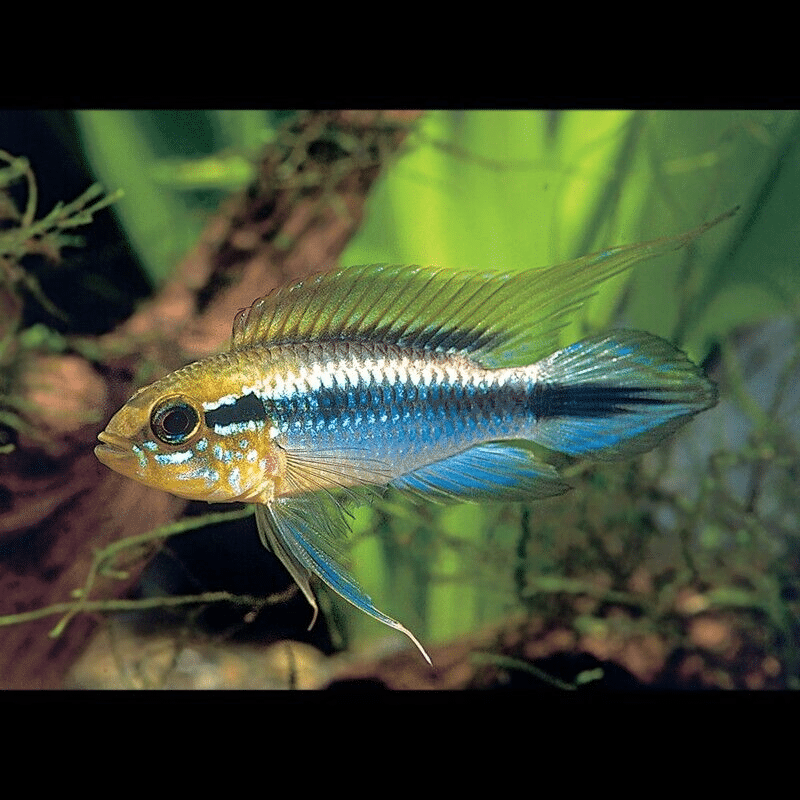


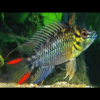
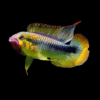








Emily Carter (verified owner) –
I recently added the Apistogramma Agassizii «Blue» to my 30-gallon community tank, and I couldn’t be happier! After about two months of care, I’ve seen this little guy thrive. The vibrant blues and yellows are a stunning contrast against the lush green plants in my aquarium. Not only are these dwarf cichlids beautiful, but they also have such unique personalities. I love watching him dart around, exploring his environment. I’ve found that he enjoys hiding in caves and among plants, which adds more life to my tank.
Compared to other tropical fish I’ve kept, the Apistogramma is much more interactive and engaging. They have a gentle temperament, making them perfect for community setups. Just be mindful of tank mates; they can get a bit territorial during breeding.
One minor downside is that they can be a bit shy at first, so patience is key while they acclimate. Overall, I highly recommend the Apistogramma Agassizii «Blue» for any aquarist looking to add a splash of color and personality to their aquarium. They bring joy to my underwater world, and I can’t imagine my tank without them!
Emily Carter (verified owner) –
I recently added the Apistogramma Agassizii «Blue» to my 20-gallon planted tank, and I couldn’t be happier! This stunning little dwarf cichlid has brought so much life and color to my aquarium. Its vibrant blue hues are more breathtaking in person, and after about two months, it has settled in beautifully. I love watching it explore the nooks and crannies of my tank, especially around the driftwood and plants.
One thing I appreciate about this species is how peaceful they are, making them perfect for a community tank. I’ve tried keeping other cichlids before that were much more aggressive, so this was a pleasant surprise. Just be sure to provide hiding spots, as my little buddy enjoys retreating when it feels shy.
For beginners, I highly recommend this fish; it thrives with proper care and isn’t too demanding. The shipping was prompt, and it arrived healthy and active. My only minor concern is its sensitivity to water parameters, so regular testing is a must. Overall, I would definitely buy this beauty again and recommend it to anyone looking to add a delightful, colorful fish to their setup!